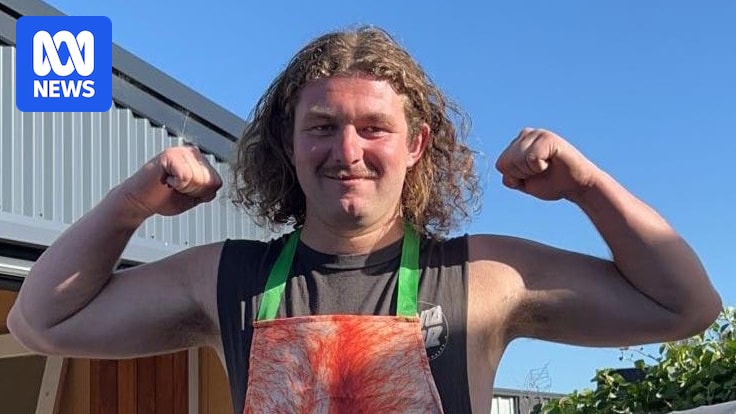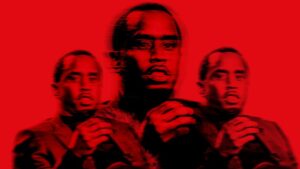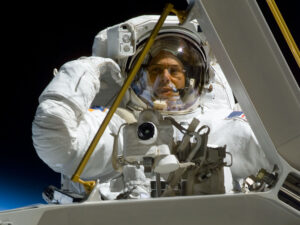
A “fishtail” burnout may have been responsible for the tragic death of 21-year-old Brady James Hubbard, who was allegedly thrown from the back of a ute outside a north-west Tasmanian football club. This revelation emerged during an inquest at the Devonport Magistrates Court, shedding light on the events leading to Hubbard’s fatal injuries on June 28, 2023.
Brady Hubbard, a footballer for the West Ulverstone Lions, suffered injuries on June 24, 2023, and succumbed to them four days later. The inquest has brought forth multiple narratives regarding the circumstances of his injuries, with several witnesses accusing three club members—Andrew Hilfenhaus, his son Cameron Hilfenhaus, and club trainer Anthony Sharman—of concealing the truth.
Conflicting Testimonies and Allegations
During the proceedings, it was revealed that Hubbard and several club members were socializing and drinking after a match against Wesley Vale. Testimonies indicated that Hubbard joined the Hilfenhaus men to retrieve a pool cue from Andrew’s home. However, upon returning, Hubbard’s demeanor had changed drastically, with witnesses noting he seemed withdrawn and cradled his head.
While some speculated that Hubbard might have slipped or engaged in a wrestling match, others suggested he was injured during the game or in a fight at Burnie’s Greens Hotel. On Thursday, Cameron Hilfenhaus testified that Hubbard fell off the back of Andrew’s ute while they were driving back to the clubhouse.
Details of the ‘Burnout’ Incident
The Hilfenhaus duo recounted that Hubbard and Cameron were standing on the ute’s back step when Andrew performed a burnout. The accounts diverged, with Andrew claiming both men stepped off before the burnout, while Cameron insisted he was still on the ute, but Hubbard was not.
“As far as I know they were both off the ute. That’s why I was trying to shower them with mud,” Andrew Hilfenhaus stated.
Cameron, while agreeing he was best positioned to witness the event, denied the assertion that Hubbard was thrown during the fishtail maneuver.
Calls for Medical Assistance and Regret
Despite the differing stories, both Hilfenhaus men acknowledged that Hubbard required medical attention after the incident. Cameron alerted Anthony Sharman, who had first aid training. Sharman testified that although he believed an ambulance was necessary, Hubbard declined hospitalization, leading to a delay in calling emergency services.
“I think I could’ve done more for Brady than what I did. I should’ve rung an ambulance,” Sharman lamented.
The inquest also heard that Andrew altered his account over the years, and Cameron admitted to sharing inconsistent stories with club members. Andrew expressed fear of potential legal repercussions but denied any intention to mislead or deflect blame.
Implications and Awaited Verdict
The inquest highlights the complexities and challenges in uncovering the truth behind Hubbard’s death. The conflicting narratives underscore the difficulties faced by Coroner Leigh Mackey in determining the exact sequence of events.
This case resonates with broader discussions on the responsibilities of sports clubs in ensuring player safety and the importance of immediate medical intervention in emergencies. The findings of the inquest, expected to be delivered at a later date, may have far-reaching implications for club policies and legal accountability.
As the community awaits the coroner’s conclusions, the tragic loss of Brady Hubbard continues to evoke questions about safety practices and the need for transparency in sports environments.







